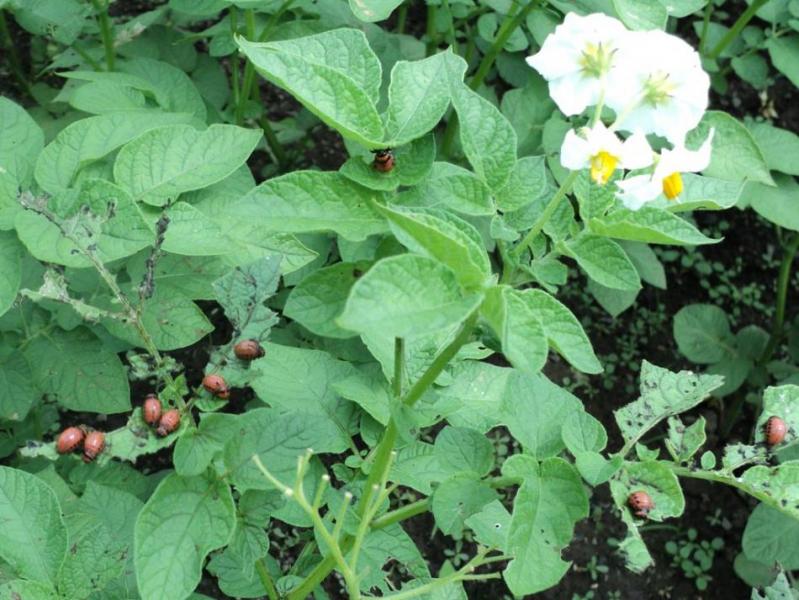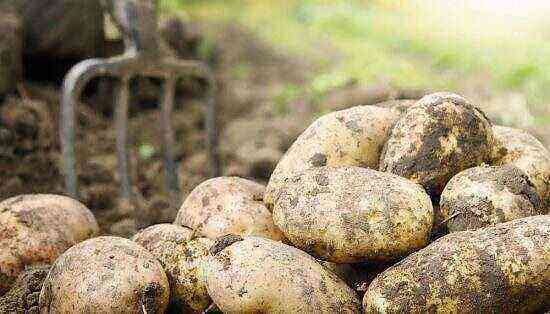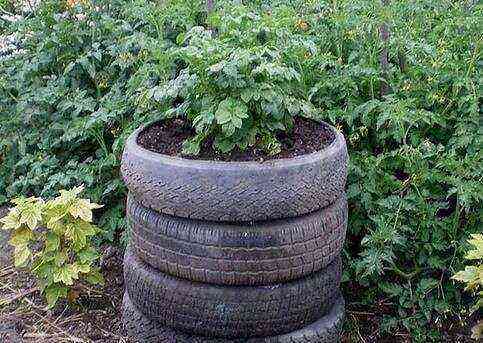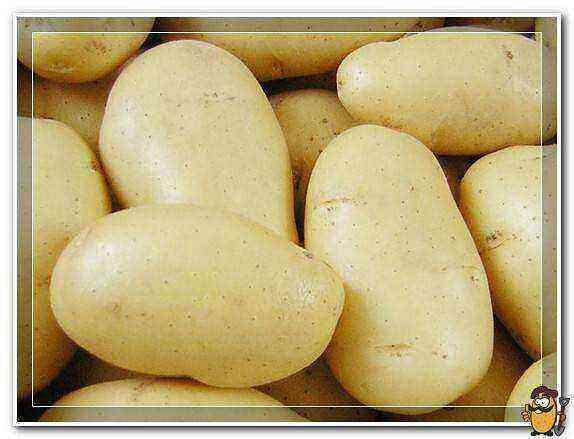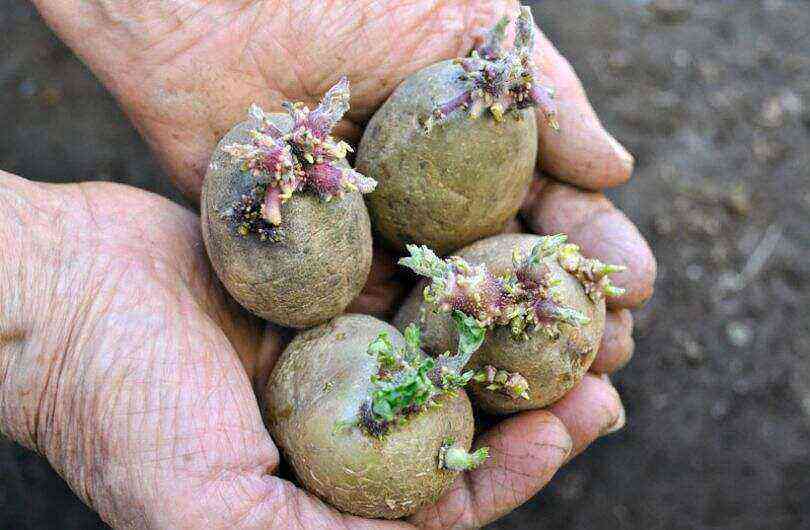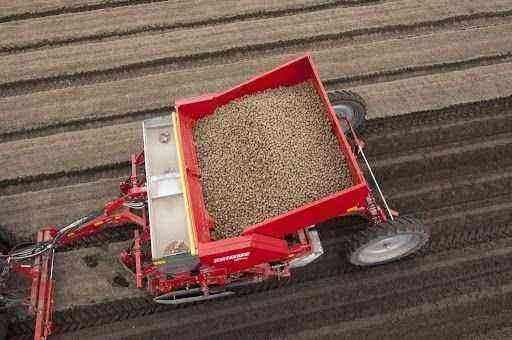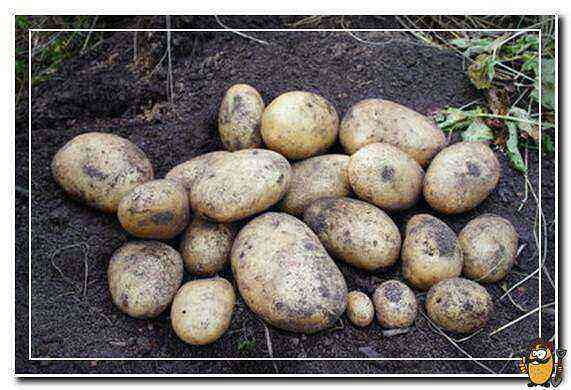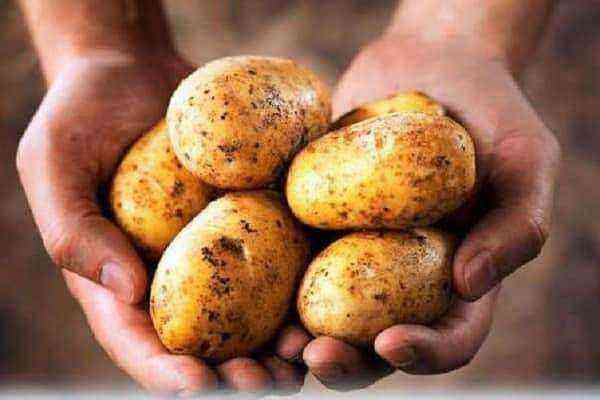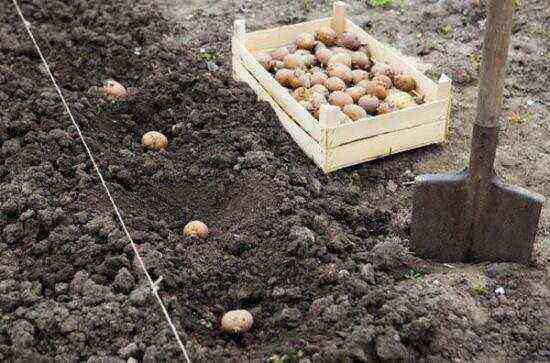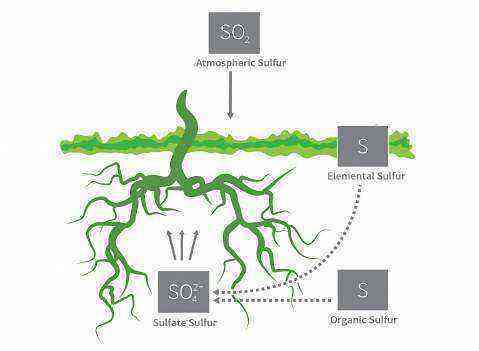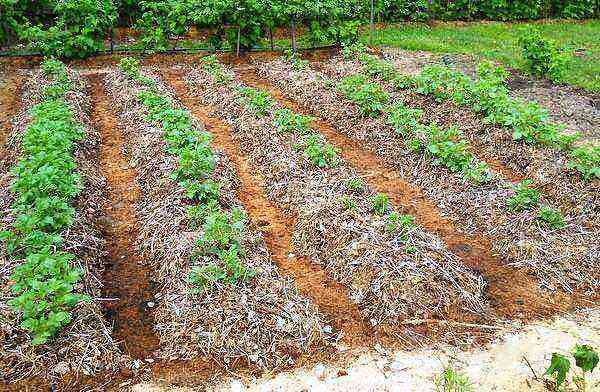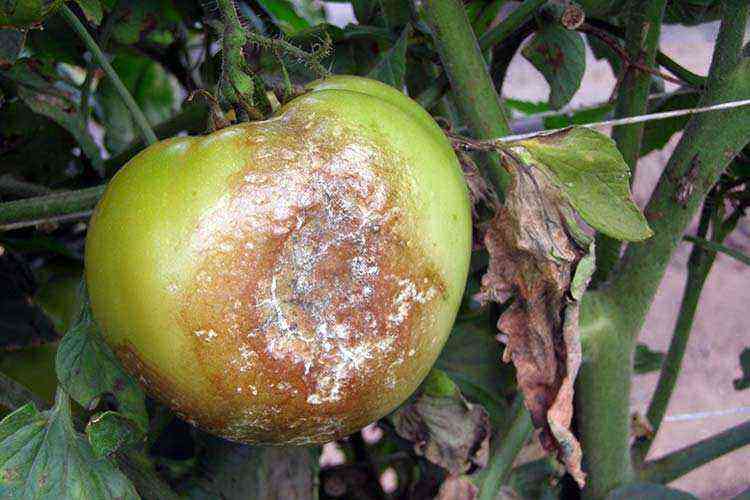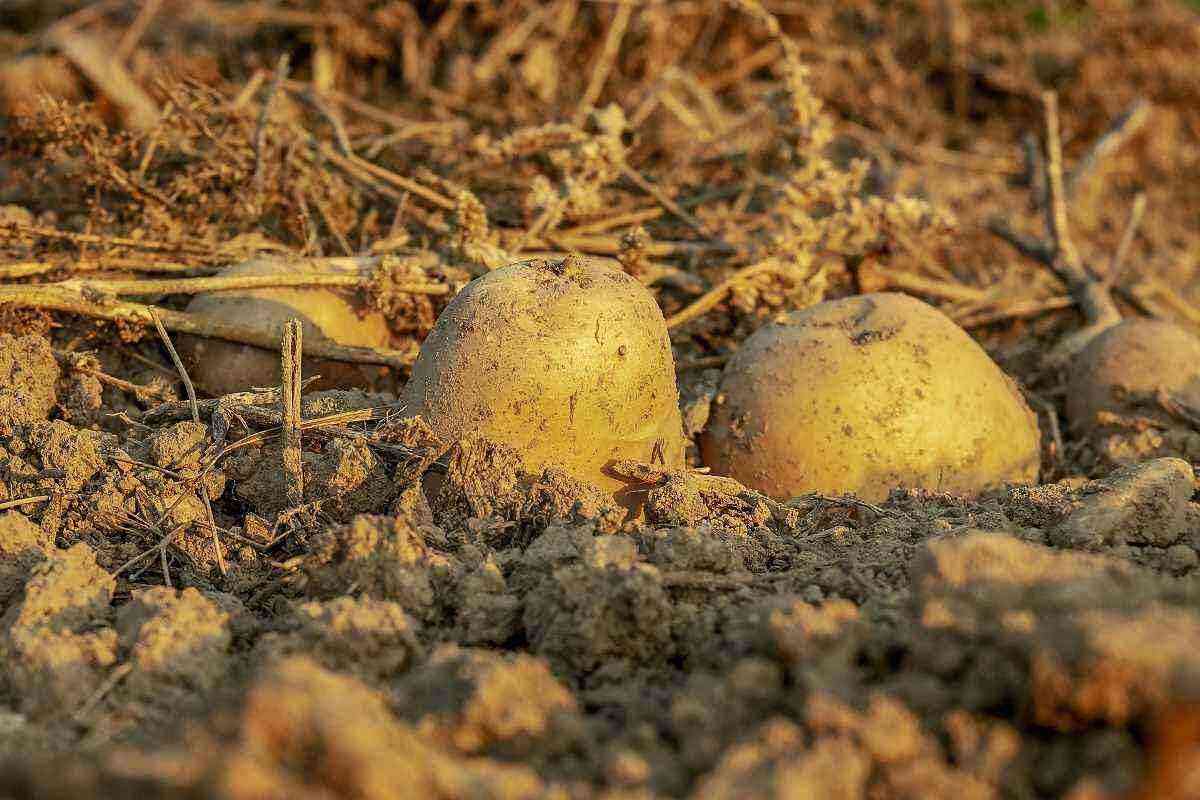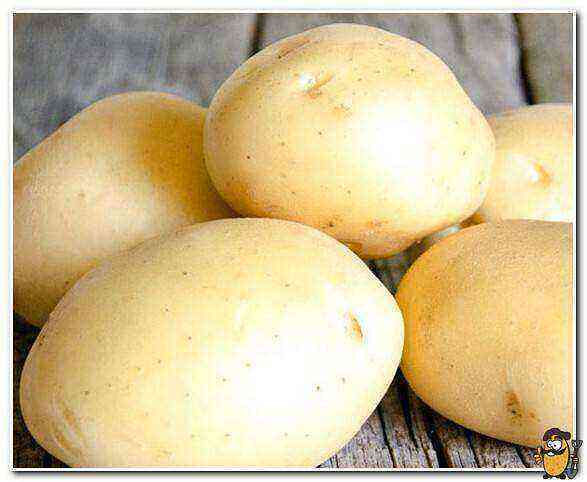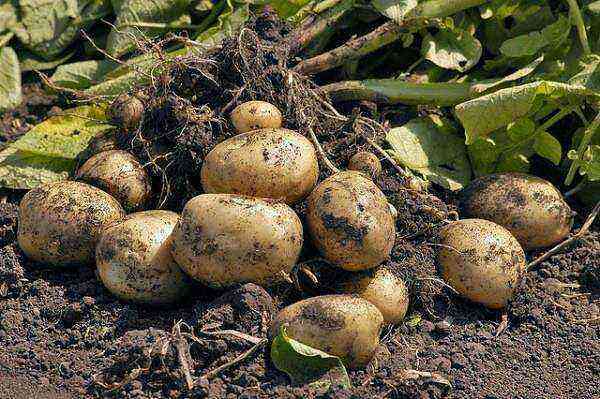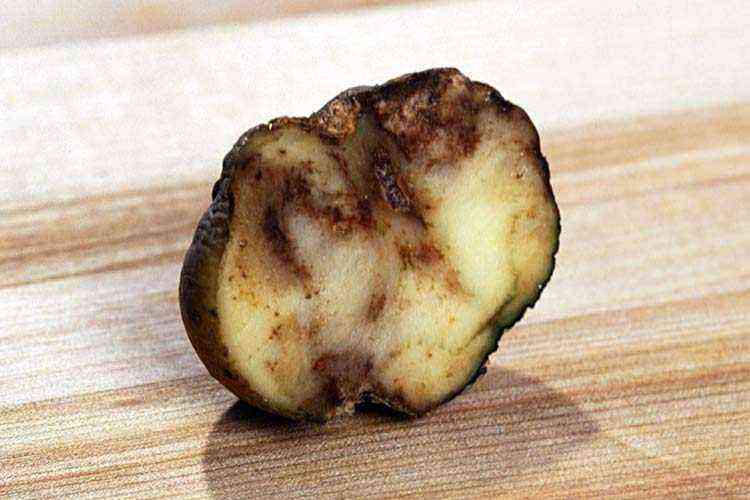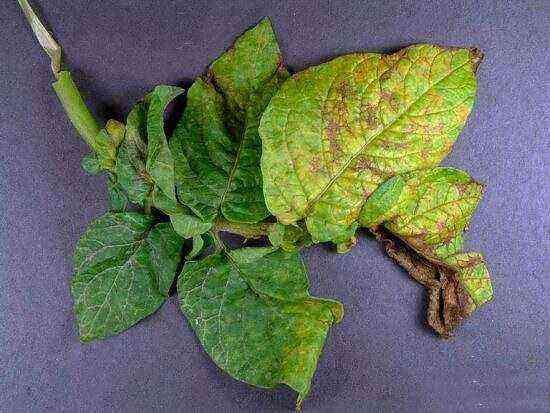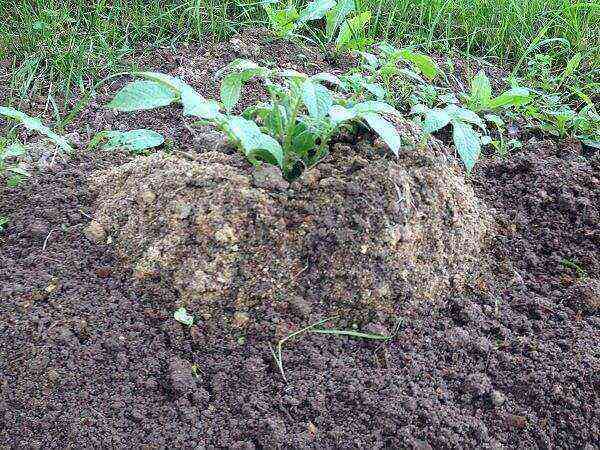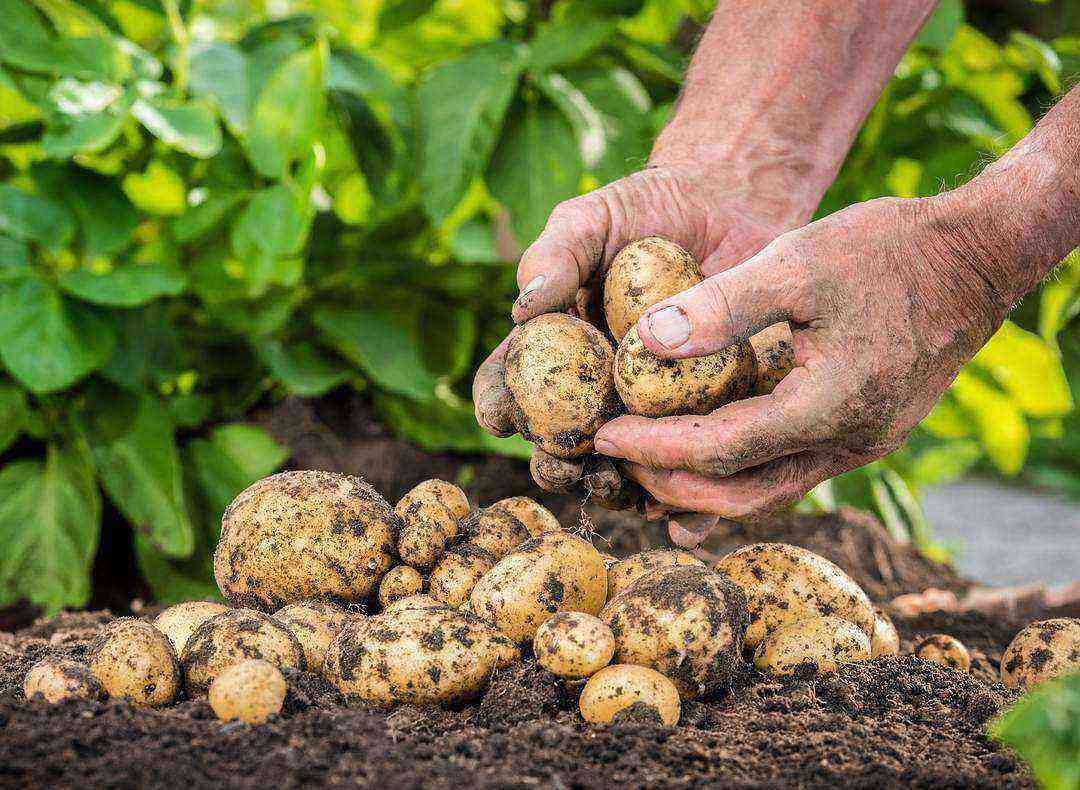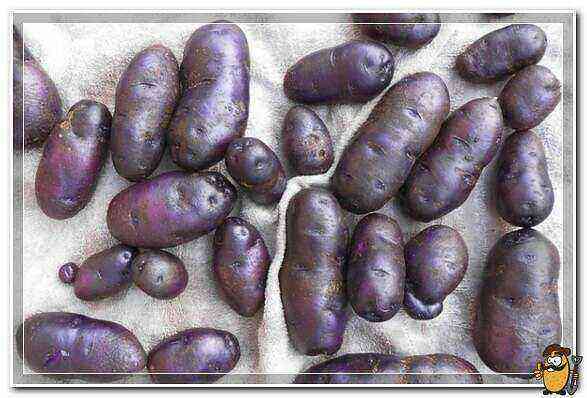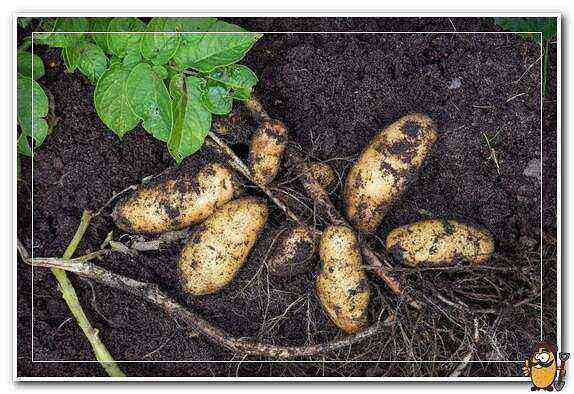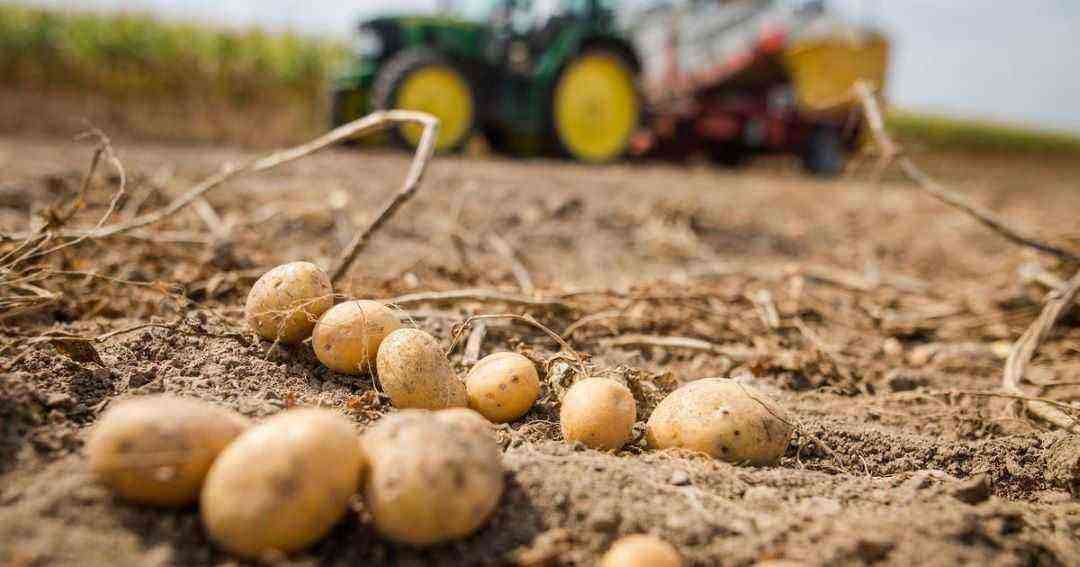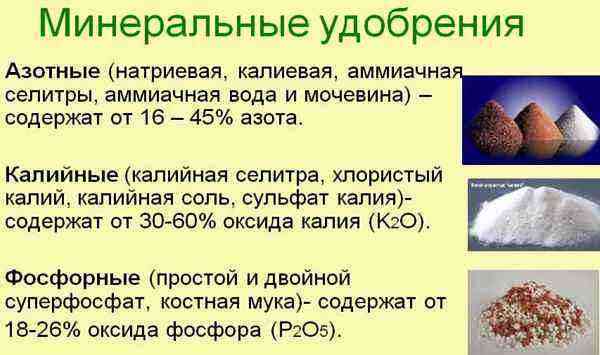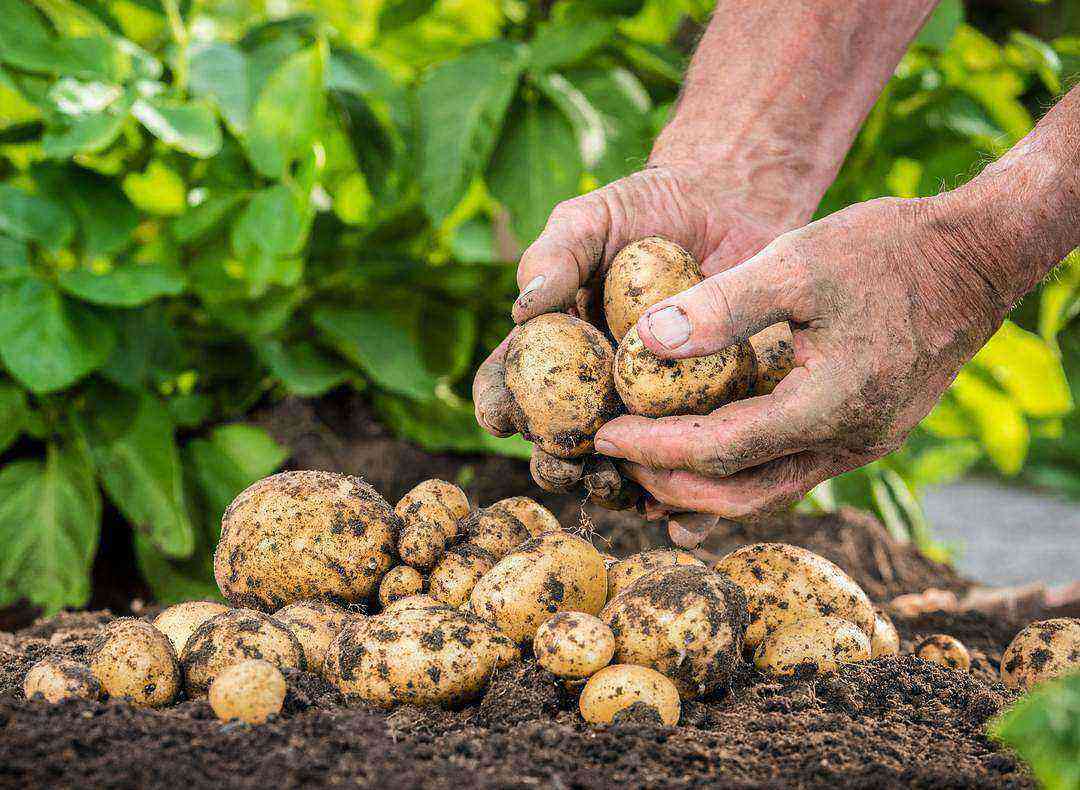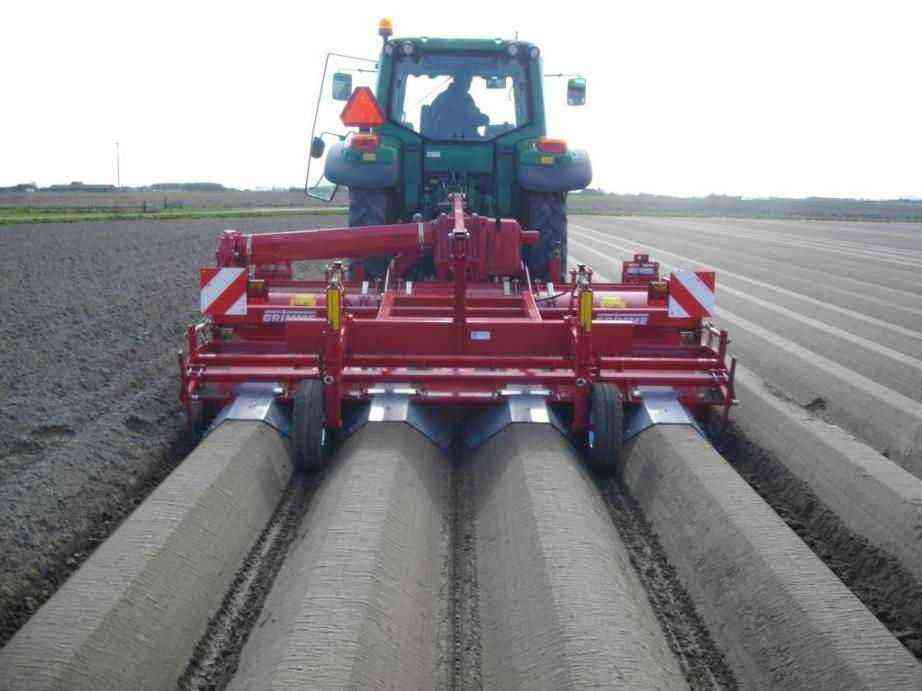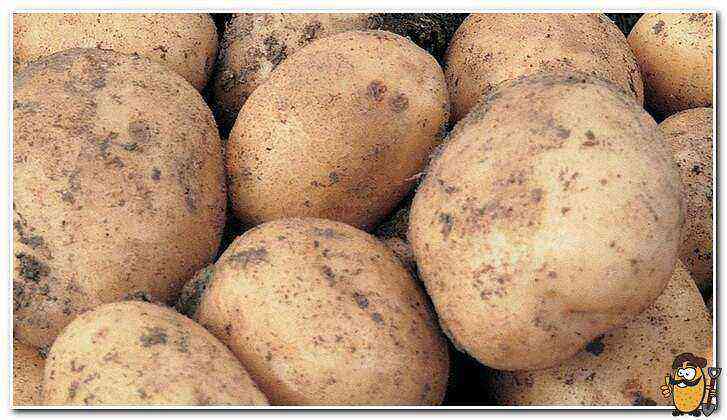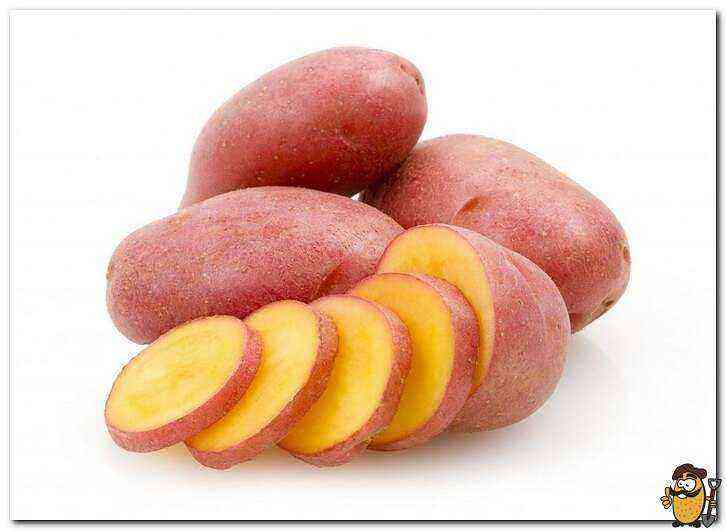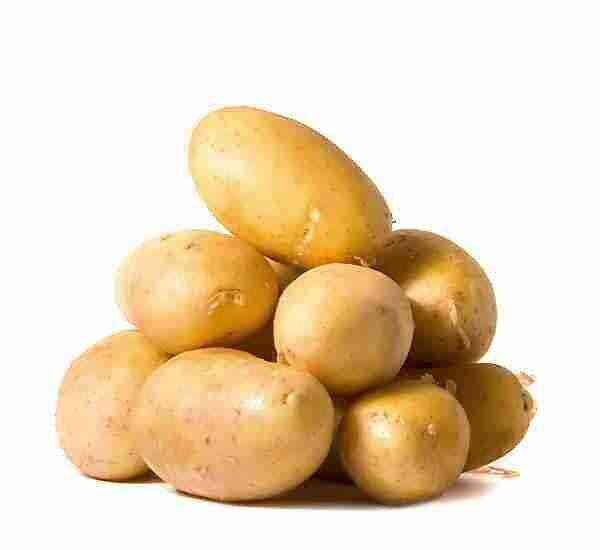Overview
Colorado (potato) beetle (Leptinotarsa decemlineata) of the leaf beetle family, a pest of potatoes and other nightshades. Internal quarantine object. Distributed in North and Central America, Turkey, West Africa, Europe (except for Great Britain and the Scandinavian countries), in Russia – in the western, central, and southern regions of the European part and Transcaucasia. Orange-yellow beetle, 9-12 mm long, with black spots on pronotum, longitudinal black stripes on underwings. Larva up to 15 mm long, orange-red, with black head and legs. Usually 1-2, sometimes 3-4 generations a year. Beetles overwinter in the soil, some of them for the second time. In spring they concentrate on nightshades (potatoes, tomatoes, eggplant, etc.), damaging the leaves. They can fly over rather long distances (up to 500 meters per day). Eggs (15-20 pcs., Up to 2500 in total) are usually laid on potato leaves. The hatched larvae eat or completely destroy the leaves. The Colorado potato beetle has a unique ability to develop immunity to various chemicals.
Practice has shown that the use of pesticides for three years reduces the damage to nightshades to a manageable level. However, hot dry weather can lead to a dramatic increase in Colorado potato beetle infestations, as a single female can lay up to 300-400 eggs.
Organization of control
1. When developing organizational measures, the following factors should be taken into account:
- The use of pesticides reduces the number of Colorado beetles, but increases the immunity of individual individuals, which leads to an increase in the immunity of future generations.
- Using pesticides in combination with other insect control measures will reduce the likelihood of developing immunity. Individuals can be destroyed with other chemicals, through collection and incineration, or in traps.
2. It is necessary to conduct a thorough analysis of crops. This will give the following information you need:
- Colorado potato beetle activity: mating, feeding, laying eggs, their maturation.
- Economic danger of the level of crop contamination.
- Spread over crops, most infested areas. This information is required immediately prior to pesticide application. An accurate analysis of the level of infection of crops makes it possible to use pesticides more efficiently and reduces the risk of acquiring immunity for the Colorado potato beetle.
3. An in-depth analysis is advisable when assessing the effectiveness of the applied pesticide. Such analysis makes it possible to determine the decrease in the effectiveness of one type of pesticide in the early stages. This analysis should be done in early spring, after the Colorado potato beetle has “settled” on potato crops and before the situation gets out of hand.
4. The Colorado potato beetle is a public problem. In many regions of Russia, potato crops are located close to each other. Beetles fly over or move from field to field, mixing with other individuals. Therefore, it is important that the control strategy of one producer is coordinated with the strategy of the neighbor.
5. Limit chemical control measures for the Colorado potato beetle whenever possible. To do this, you can apply the following methods: crop rotation, plastic-coated trenches, collecting and burning beetles. Below are some guidelines for applying the various methods.
Practical tip:
In the case when the exact location of the wintering of beetles is known, the direction of the trenches should be perpendicular to the direction of movement of the beetles. This will allow pesticides to be applied to the edges of the trench and will facilitate the use of fire when burning beetles and placing plastic coverings.
Practical tips to reduce the risk of acquiring immunity for the Colorado potato beetle:
- Regular analysis of crops.
- The use of combined methods for the control of the Colorado potato beetle.
- Do not use ADMIR against overwintered adult beetles.
- Apply pesticides only when crop contamination is high and crop losses are greater than the cost of the chemicals.
- Conduct an in-depth analysis of the effectiveness of the applied pesticide against the Colorado potato beetle.
- Destroy the larvae – the most vulnerable developmental stage of the Colorado potato beetle.
- Do not use the same pesticide to control locusts, aphids and other insects. There are other chemicals to control these insects.
- Keep using the most effective pesticide for an emergency, usually blooming.
- Spray well and keep strict records.
Action plan
1. Compliance with crop rotation as far as possible
2. Placing plastic-coated trenches
In late summer, apply the pesticide to the outer furrows of the field near the beetle wintering grounds. Apply the most effective pesticide to all crops only if the Colorado potato beetle infestation is severe and other pesticides are ineffective.
3. Analysis. Conduct field analysis of Colorado Potato beetle infestation rate, emergence and spread across the field.
4. In-depth analysis or analysis of chemicals. Collect the beetles and test which pesticide provides satisfactory control. (see the list of pesticides).

- Based on in-depth analysis, decide on the type of pesticide to use to ensure proper control. Carefully read the instructions for the pesticide when dealing with adult overwintered beetles.
- Apply pesticides only when there is a high level of infestation of crops with the Colorado potato beetle and in the case when foliage loss is above 15%
- Do not use pesticides when crop contamination is low.
6. Analysis. Review the effectiveness of the first pesticide application. If you need a second application against adult overwintered beetles, use pesticides of a different group. Do not apply the same pesticide twice. Control the number of eggs laid, maturation and appearance of larvae.
7. Solution. Based on the number of larvae, decide whether to use pesticides.
Only apply pesticide if there is an economic hazard. Some pesticides are excellent in controlling the appearance of the first larvae. If any of the pesticides of the organophosphate, carbamite or pertrine group was used under paragraph 5, do not use them twice a year. Do not use pesticides when crop contamination is low.
8. Analysis. Review the effectiveness of the previous pesticide application. Due to the short-term effect of some pesticides, re-use is permitted.
9. Solution.
- Apply when there is a high level of crop infestation. Pesticide selection should be based on the life stage of the Colorado potato beetle and the previous pesticide. Do not apply the same group of pesticides twice.
- Hold on to the most effective pesticide for the last time.
- Do not apply the pesticide if the crop contamination is low.
- Do not apply the pesticide at a high level of crop contamination, but in the later stages of plant development. In the last three weeks of the growing season, crops will withstand 20-25 %% of leaf loss without reducing yield.
10. Keep records. Analyze the fields to determine where the beetles winter. Keep records of pesticide use.
The economic danger of the Colorado potato beetle on potato crops
First generation: June-July (Overwintered beetles)
The danger occurs when the number of laid eggs exceeds 4 clutches per 50 plants or stems. The initial application of pesticides should be done when 20-25% of the eggs begin to hatch into larvae. Analysis will show the need for a second application.
Second generation: August
Note:
If one life stage of the Colorado potato beetle is high or two are average, pesticide use is recommended. However, always correct the solution based on the level of sheet loss. Often, despite high population levels, little damage is done and pesticide application can be delayed.
Select 10 plots in the field and count the number of beetles on five plants or stems in each plot. Plants should be from different rows. The selected 10 sites should provide reliable information about the degree of infestation of the field.
If the headlands are heavily contaminated, carry out a separate analysis.
